Talking Heads came busting out of New York City in the 70s and delivered some of the most original music of the era. Their songs seemed beholden to little that came before them. They twitched and pulsated with their own unique energy.
Videos by American Songwriter
Which is why it’s so ironic that their first foray into the US Top 40 came with a cover song. They managed to succeed with it, despite some factors working against them at the time.
Heads Up
The origin story isn’t one that you would expect to accompany an eventual Rock and Roll Hall of Fame band. Three Rhode Island art students (David Byrne, Chris Frantz, and Tina Weymouth), one of whom (Weymouth) isn’t even a musician at first, transplanted to New York City and started making music in a giant loft. That’s how Talking Heads came to be.
Perhaps that unusual pedigree helps to explain why the music that they eventually made (with fourth member Jerry Harrison) stood out from the pack. Even on their earliest songs, they refused to be easily categorized.
In 1977, their debut album (Talking Heads: 77) arrived. By that time, the band had already established themselves as one of the most buzzworthy acts at the New York City club CBGB’s. That first album included “Psycho Killer”, which now stands as a New Wave landmark. But at the time, radio wasn’t sure what to do with the willfully bizarre song. It only reached no. 22 on the pop charts.
Cover Concerns
The band’s second album, More Songs About Buildings And Food, began their association with producer Brian Eno. Eno’s experimental bent dovetailed with the freewheeling ideas about their art that the band members possessed. But experiments never got in the way of the grooves that each song perpetrated.
One point of contention did emerge, however. Eno wanted them to try recording a cover song. Byrne didn’t want the band to have to go the route of including somebody else’s material with each new release. But he eventually relented.
The choice of songs was somehow both ingenious and fraught with issues all at once. Several other artists just happened to be releasing their own version of “Take Me To The River”, originally an Al Green track, at around the same time as Talking Heads. Besides, how would the band’s post-punk leanings mesh with such a soulful original?
Let the “River” Flow
Eno convinced the band to slow the pace down from the original version. That allowed for some of the band’s spacey atmosphere to come to the surface. In addition, Eno knew that, in Frantz and Weymouth, the band possessed a rhythm section with more than enough wiggle to do the song justice.
On top of that, Byrne’s delivery seemed to imbue the song’s lyrics with strange new meanings. The Talking Heads’ version of “Take Me To The River” made it to No. 28 on the pop charts in 1978. They wouldn’t hit the Top 40 again for another five years.
That’s when “Burning Down The House” went to the Top 10, becoming the band’s first-ever original song to go that large. In fact, that song became their most successful single ever. Nonetheless, “Take Me To The River”, the only cover song the band ever included on a studio album, helped earn Talking Heads their first widespread recognition.
Photo by Michael Ochs Archives/Getty Images



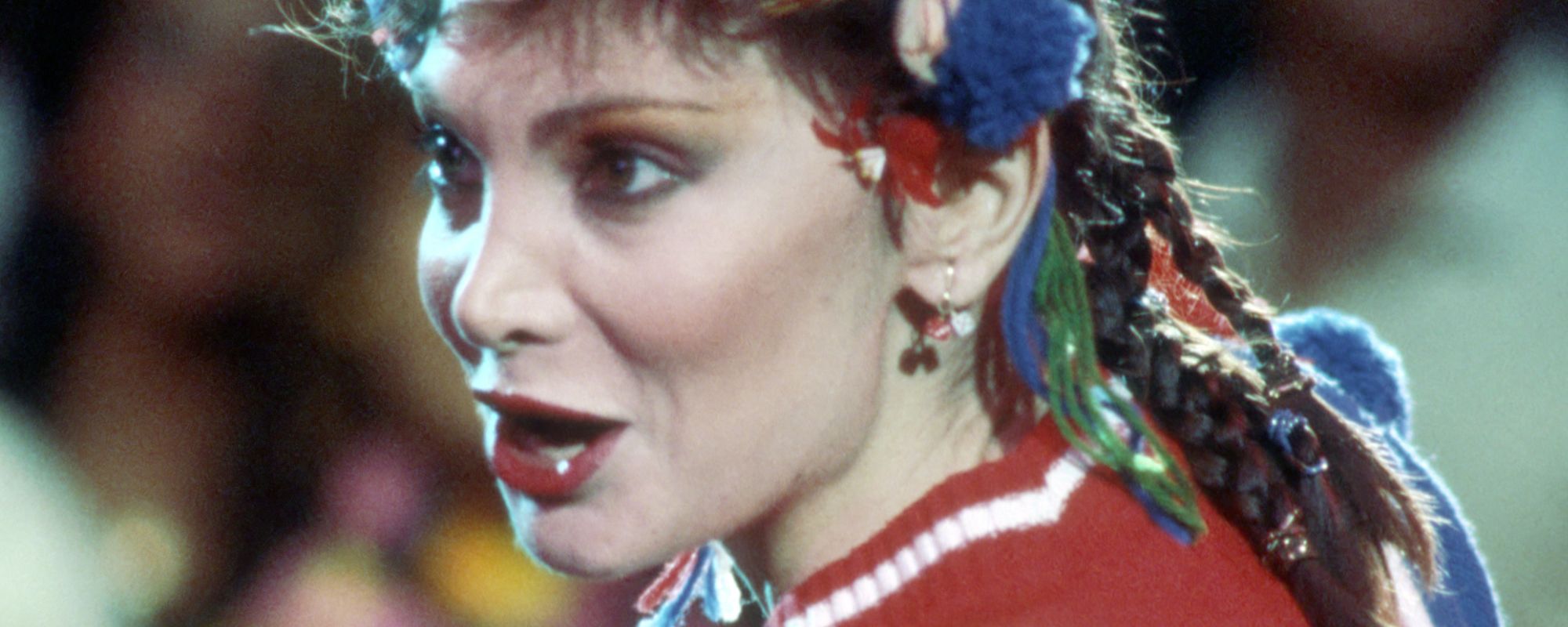
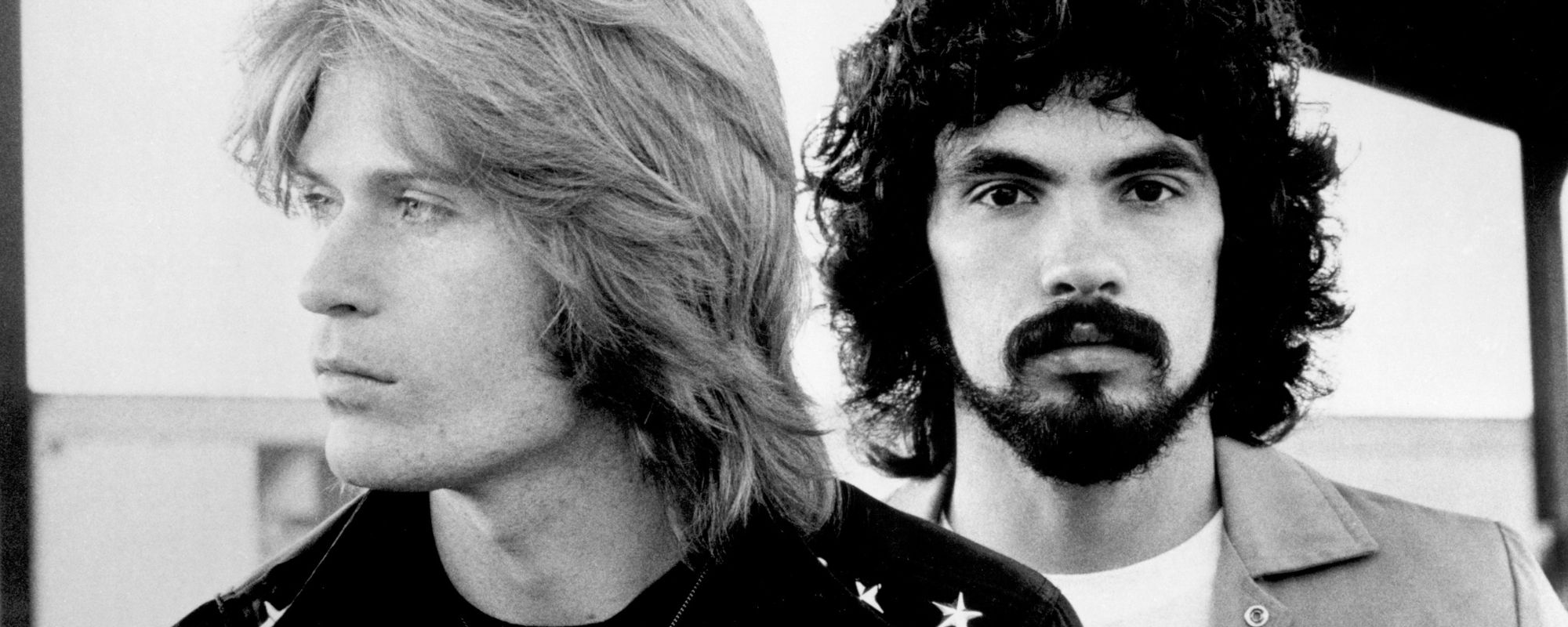
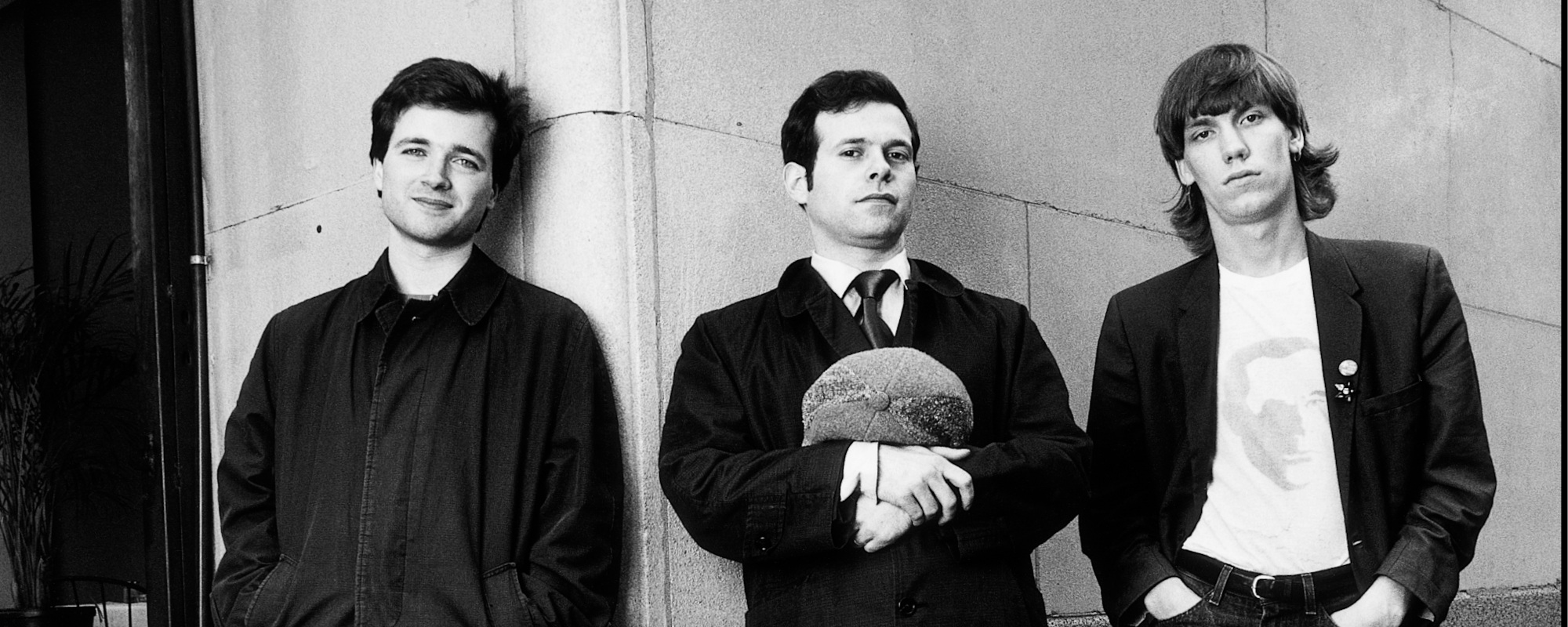
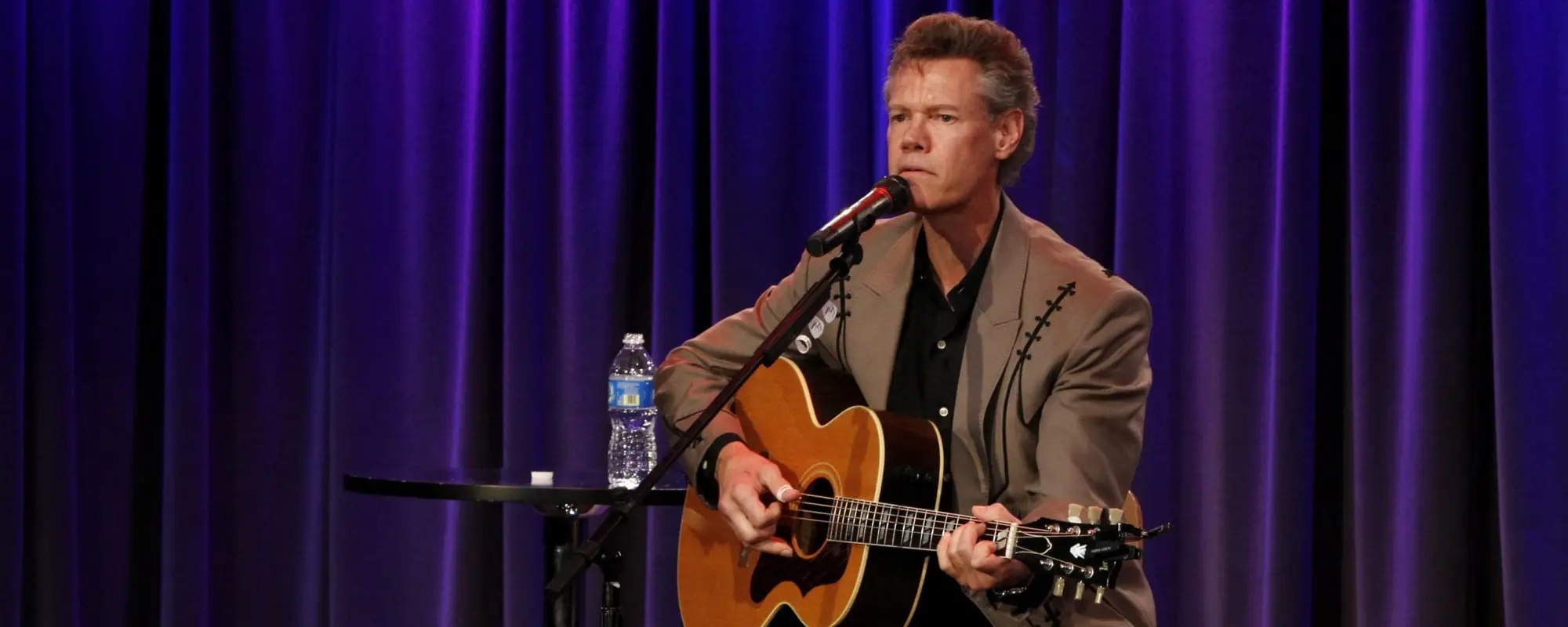

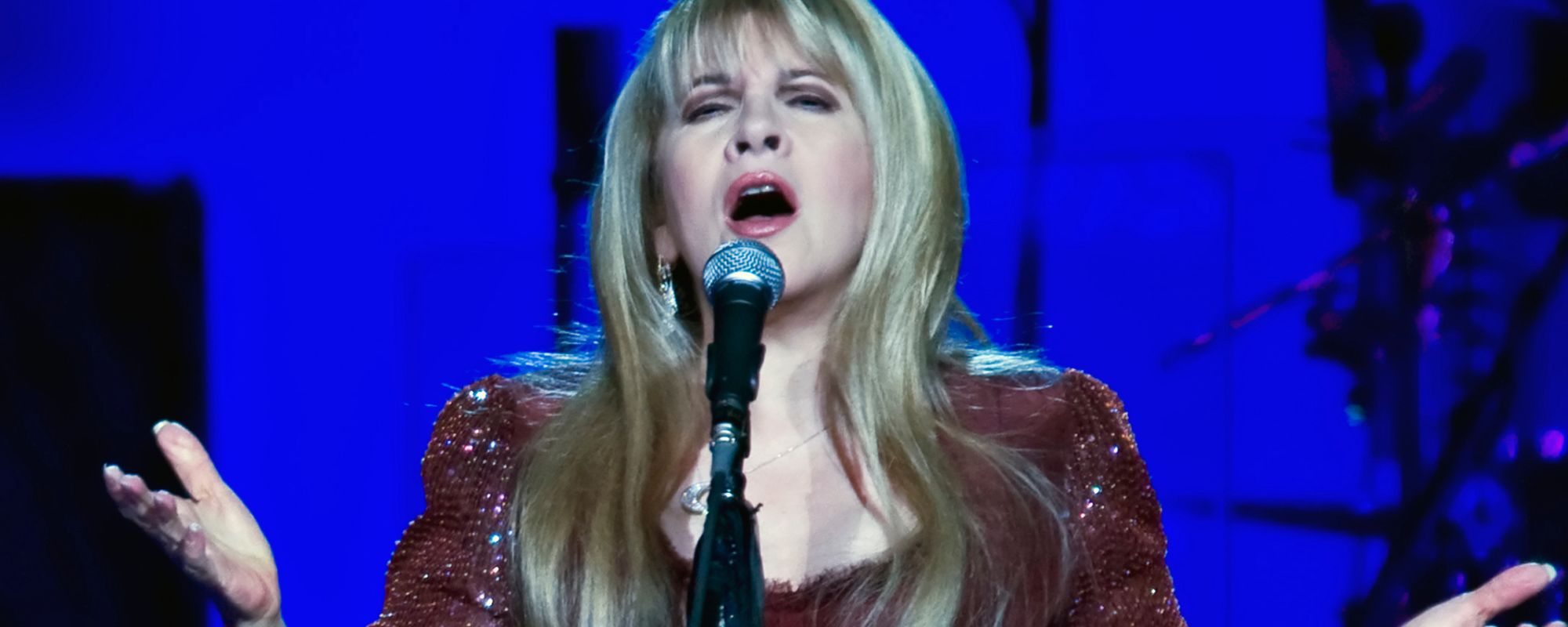

Leave a Reply
Only members can comment. Become a member. Already a member? Log in.